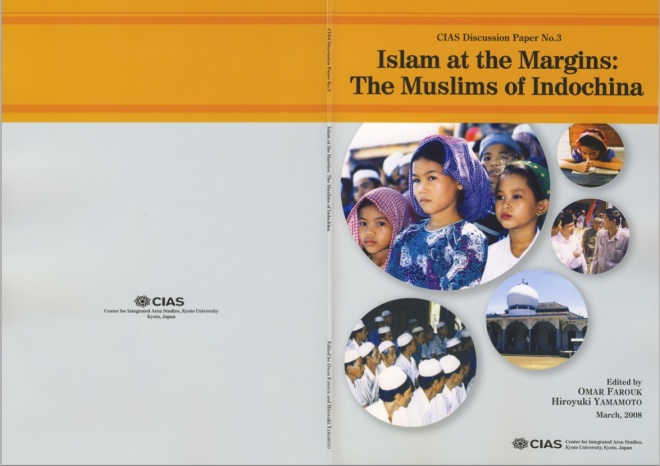![]() William B. Noseworthy
William B. Noseworthy
The Cambodian Genocide: most scholars have heard of it. It is a critical case in ongoing studies of Genocide Studies, International Law as well as Memory and Social Trauma that many teachers will have to address. From forensic anthropologists to criminal investigators, journalists to historians—and even experts in literature—the case of a series of mass killings that emerged out of Cambodia between 1975 and 1979 under the Democratic Kampuchea (DK) regime, most frequently referred to as the “Khmer Rouge”(Kh.: Khmer Kraham), will be an important study for college students and scholars for generations to come. The genocidal policies enacted against the Cham Muslim minority during this period are increasingly well known. In this context, the decade of work by Kok-Thay Eng as Director of Research at the Documentation Center of Cambodia (DC-CAM) is enough to produce several dissertations. In fact, one of the individuals who contributed much of the work to Kok-Thay Eng’s dissertationFrom the Khmer Rouge to Hambali: Cham Identities in a Global Age, Farina So, is now working on her own dissertation based in Lowell, MA. Several other individual researchers, working with DC-CAM critically contributed to this work. The sheer number of interviews conducted by the DC-CAM research center, as well as the number that are cited in this dissertation alone, is impressive. Finally, the lucid presentation of the dissertation’s argument is testament to the author’s success in tackling, by his own admission, his own greatest challenge: writing in a second language. Continue reading

 Thông qua nghiên cứu về người Chăm Hồi giáo (Chăm Asulam) tại thành phố Hồ Chí Minh, tác giả xem xét một số định kiến đối với các tộc người thiểu số ở Việt Nam. Đưa ra những lý giải khác về đời sống và thực hành văn hoá tôn giáo của người Chăm, tác giả lập luận rằng, từ góc độ nghiên cứu, cái nhìn cởi mở và thừa nhận sự đa dạng văn hoá là cần thiết cho việc diễn giải văn hoá tộc người(1).
Thông qua nghiên cứu về người Chăm Hồi giáo (Chăm Asulam) tại thành phố Hồ Chí Minh, tác giả xem xét một số định kiến đối với các tộc người thiểu số ở Việt Nam. Đưa ra những lý giải khác về đời sống và thực hành văn hoá tôn giáo của người Chăm, tác giả lập luận rằng, từ góc độ nghiên cứu, cái nhìn cởi mở và thừa nhận sự đa dạng văn hoá là cần thiết cho việc diễn giải văn hoá tộc người(1).



